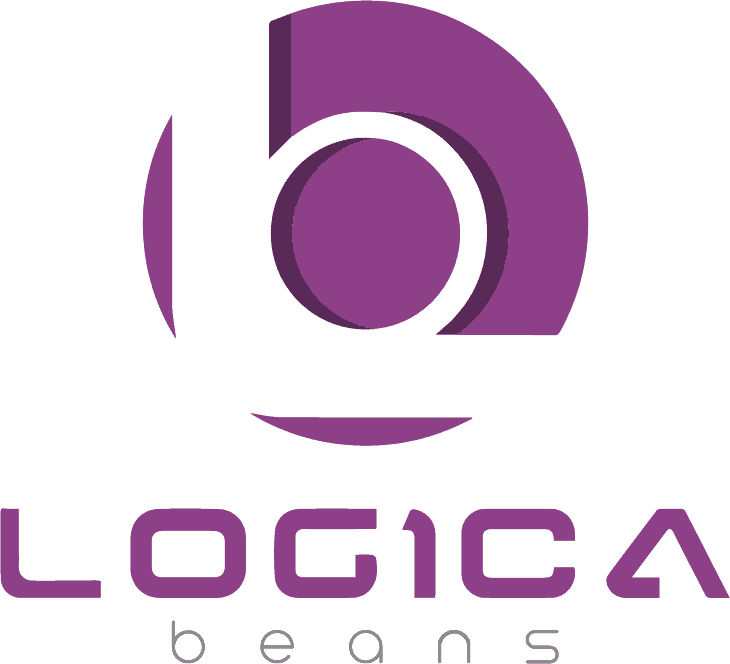
This system's major goal was to satisfy all of the demands of insurance companies by converting manual processes into computer-based modules that could be automated via a web application. The purpose was to offer robust, dependable, and scalable features that all life insurance companies need to produce greater output. To improve the information that various branches and branch units produce for the head office in terms of correctness, dependability, and efficiency.
The main scope of this project was to digitize and automate all non-life insurance business processes to handle all non-life insurance company information in a much more organized manner than with manual processes. Also, to facilitate effective decision-making and to digitally simplify the Insurance Company's insurance management system, data will be retrieved and stored in databases.
The client wanted a system that can track the summary of the agents' time, productivity, commissions, and workflows provided by insurance management software. The developed system had to assist in tracking the monthly performance and figures like monthly sales, pipeline statuses, and accounts.

Dealing with private consumer information is a delicate subject. Security is therefore crucial for every insurance product. Fortunately, this area of the insurance sector is quite well protected by the authorities. Building a strong architecture for the protection of a private consumer was a challenge for our team.
Insurance system setup and maintenance expenses itself is one of the challenges in insurance software development. The insurance sector demands round-the-clock client service, so choosing the appropriate infrastructure for the app's back-end, such as Amazon Web Services or MicrosoftAzure, was crucial. It was difficult to overstate the harm to a company's reputation in an emergency situation if the system went down and a substitute is so easy to find.
System setup, policy management, claim management, account management, reinsurance management, and MIS management were the primary components of the architecture that was built. The integration of these elements poses some difficulties in and of themselves which proved to be one for us as well. We ensured that all the parts, modules, and specifications were integrated and designed in a way that would be suitable for future requirements.


The system setup takes the essential data required for setup and configuration such as information about branches, branch units, agents, etc.
Coding and systems development for the system includes JavaScript, HTML, and CSS for designing and styling the interfaces, as well as MS SQL for establishing relational databases and Business Logics that connect the forms to the database. Since the systems are viewed as a collection of interacting objects as in the real world, we had adopted an object-oriented philosophy that was quite similar to that of the actual world.
The database was created using SQL Server 2017. The 2019 Microsoft Visual Studio IDE is used to write programs. Windows 8 or a later version of the operating system. The web template for creating interfaces will be XHTML. It expands on the popular Hypertext Markup Language, the language used to represent web pages. CSS is used to specify how the html should appear on the screen.
The user has to enter the proper username and password to log into the system through the login site. The administrator will give the user's dashboard and any application functionalities they request.
Information concerning the company's branch, branch unit, department, agent, etc. is setup during company setup.
To put up all of the product information needed by the insurance provider.
To set up all of the rate information that Bema Samiti has specified for the specific products.
Data is needed for policy administration in order to manage, populate, change, and retrieve all of the policies in accordance with system requirements.
In order locate and manage each claim that the policyholder has processed. This module enables the insurance firm to maintain track of any claims that have been processed, are still being processed, haven't been processed, etc. All claims' payments were distributed among policyholders and others.The Module includes:
· Claims Intimation
· Deputation of the Surveyor.
· Surveyor Evaluation.
· Loss Evaluation/Scrutiny.
· Discharge granted.
· Discharge granted.
· Payment
The feature is to compute and ascertain all essential accounting-related information. This accounting module enables a company to keep track of all kinds of financial transactions, such as items purchased (expenses), sales (invoices and income), obligations (funding, accounts payable), etc. It is also capable of producing extensive statistical reports that give organizations or interested parties a clear set of data to assist in decision-making. The module includes:
· Accounting group creation.
· Accounting group development of the AC ledger.
· Voucher for Accounting (Journal, Payment, Receipt etc.)
· The Daybook.
· The bank books.
· Account Ledger Report
· Accounting reports such as the trial balance.
The insurance business can step Facultative Reinsurance and Treaty Reinsurance according to Department, Product, and Fiscal Year using this reinsurance module. Additionally, reinsurance setup modules in buildings



At the end of the project, a robust system was built that can satisfy all of the requirements of insurance companies. The project provided the strong, dependable, and scalable capabilities that all life insurance companies require to increase output and enhance the accuracy, dependability, and efficiency of the information that circulates various branches and branch units. Insurance companies were able to reduce their operating expenses by 30% and overall profitability rose by around 20%.
Lal Colony Marga, Kathmandu